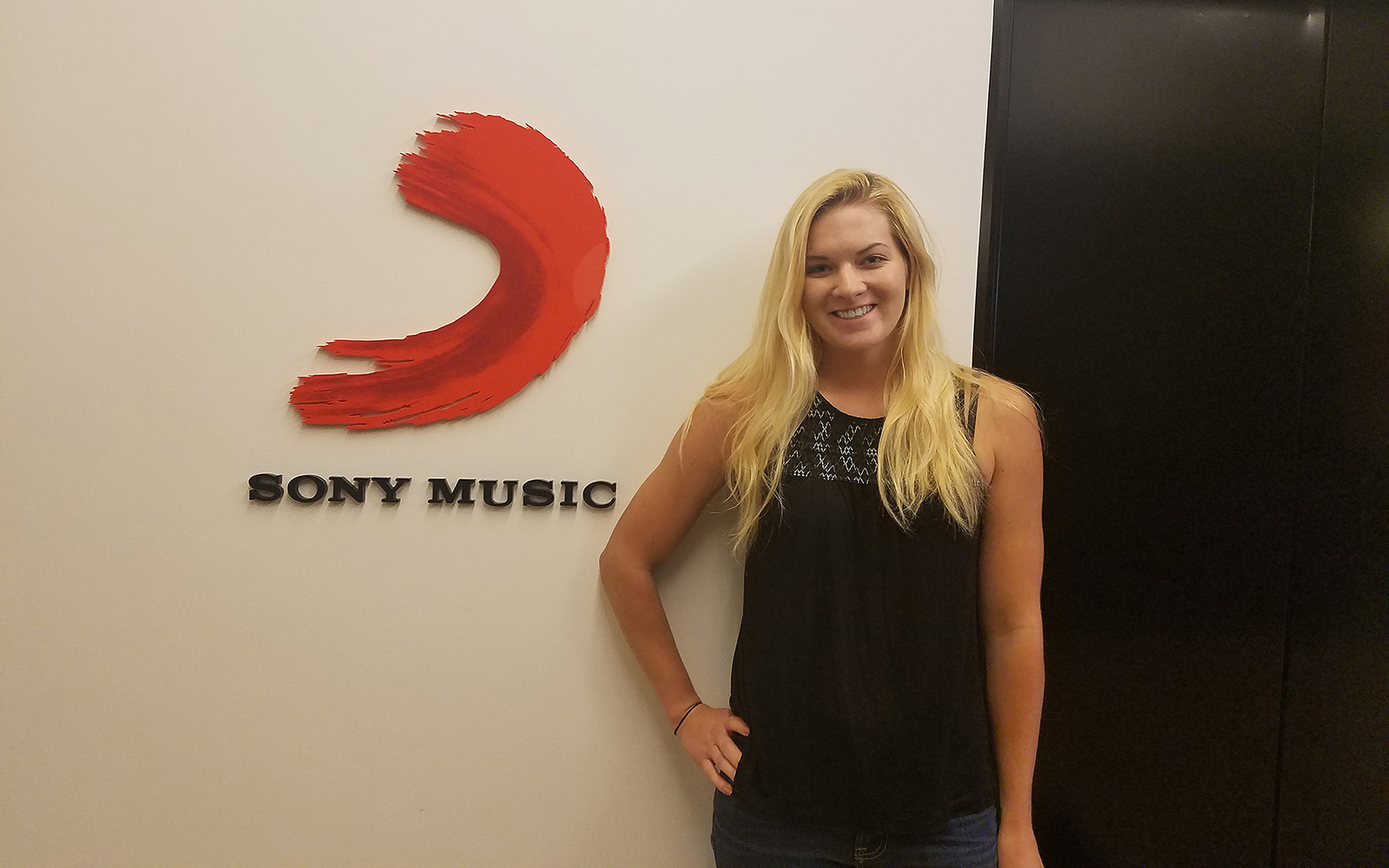
UConn’s MEM Program Gives Students Unique Mix of Business, Engineering Skills for Technology Revolution
In just the past seven or so years, the world of manufacturing has inaugurated the next phase of its own evolution with a new set of guiding principles known as “Industry 4.0.” Just as the transitions from the Stone Age to the Bronze Age to the Iron Age marked periods of radical, sweeping advances for the human species, Industry 4.0 marks the next, drastically different epoch of production technology. Continue Reading
